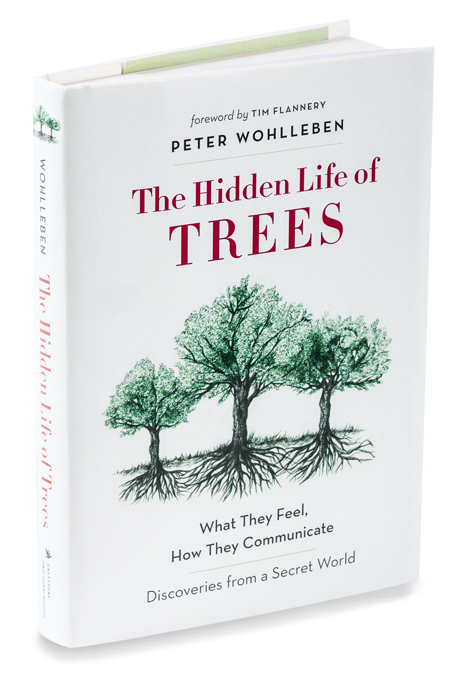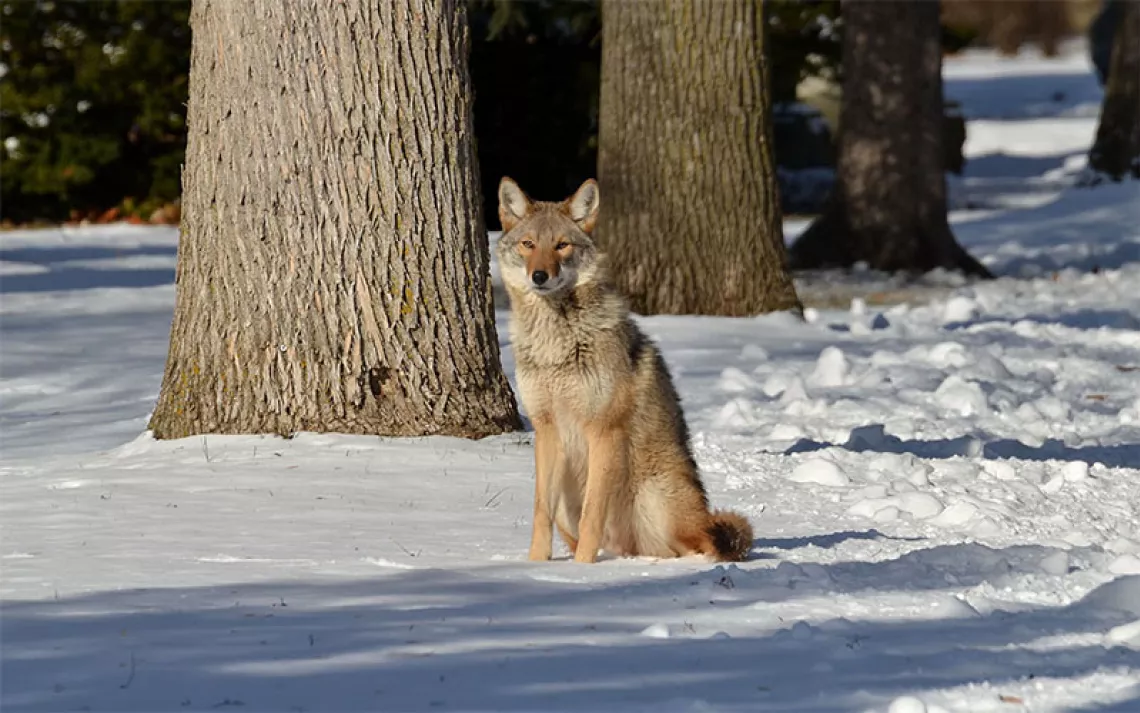The World Wood Web
On arboreal communication and the glory of leaves

The Hidden Life of Trees by Peter Wohlleben (Greystone Books, September 2016).
The aspen leaves of Colorado are known for their constant movement—punctuating a hike with the shimmying flutter of green and gold confetti. That's because the aspen's leaves photosynthesize on both sides, getting twice as much energy from sunlight as those of most other tree species.
The Hidden Life of Trees, by Peter Wohlleben (Greystone Books, September 2016), is filled with these kinds of wonders—how trees sleep, the possibility that they communicate via slow electronic root-to-root transmission, how they combat predation in real time, and more.
Wohlleben worked as a forester in Germany, assessing trees' readiness for harvest like a rancher caring for cattle. Over time he evolved, organizing survival training and tours, working to create forest preserves and to eliminate logging, and helping RWTH Aachen University scientists with research. (The story of how he transformed into an emotionally and intellectually thoughtful woodsman merits its own book but is largely unaddressed here.)
Wohlleben's theory that trees communicate—with each other via the "world wood web" and even with us—has the potential to be revolutionary. He marshals a lot of scientific research in its support.
However, sometimes Wohlleben overreaches, attributing rational decision-making to what are more likely a tree's physiological responses to environmental stimuli, such as when he describes evolutionary processes as choices that trees have made. Bear with him, though—his profound understanding of trees and forests will leave you craving a walk in the woods.
 The Magazine of The Sierra Club
The Magazine of The Sierra Club







